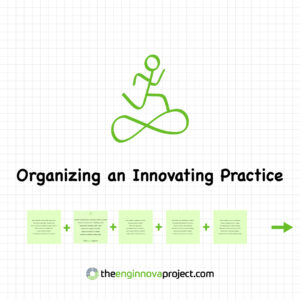
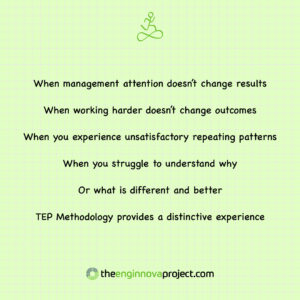
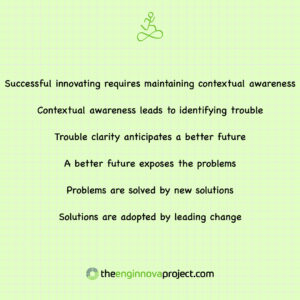
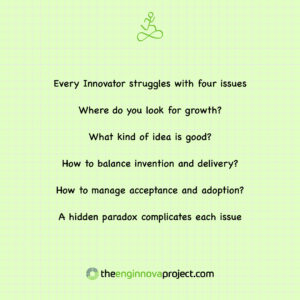

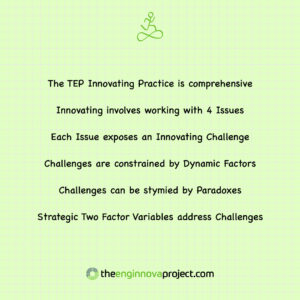
Many businesses manage innovating as strictly a new product development process. These NPD process solutions are typically limited to:
- Customer wants description
- Brainstorming Ideas for Development
- Stage-Gate Management Control Structure
- Lean Design / Manufacturing Project Methodologies
Limiting the scope of innovating to these 4 areas is the core issue of why innovating does not yield innovation more consistently.
Innovating is a business function, requiring input and engagement from all functional areas. Successful innovating necessitates a systemic approach, not a functional approach. Each area will experience some change as a result. The final test of the strength of your innovating program is the ease of acceptance by each functional area of a new solution.
The Enginnova Project has systematized innovating to create a business system called Agile Innovating TM.
Agile Innovating TM focuses on high hit rate techniques, methodologies, and processes organized as a comprehensive practice that delivers more innovation faster.
